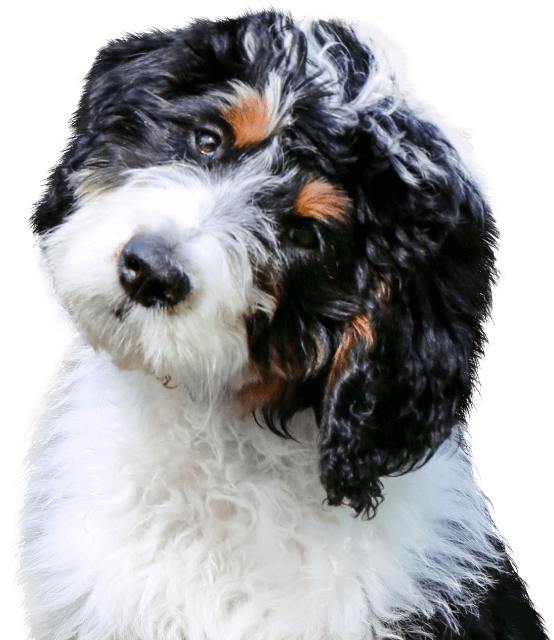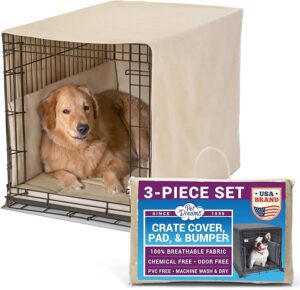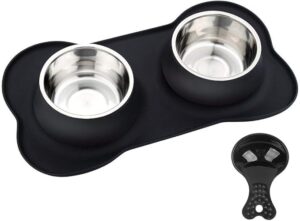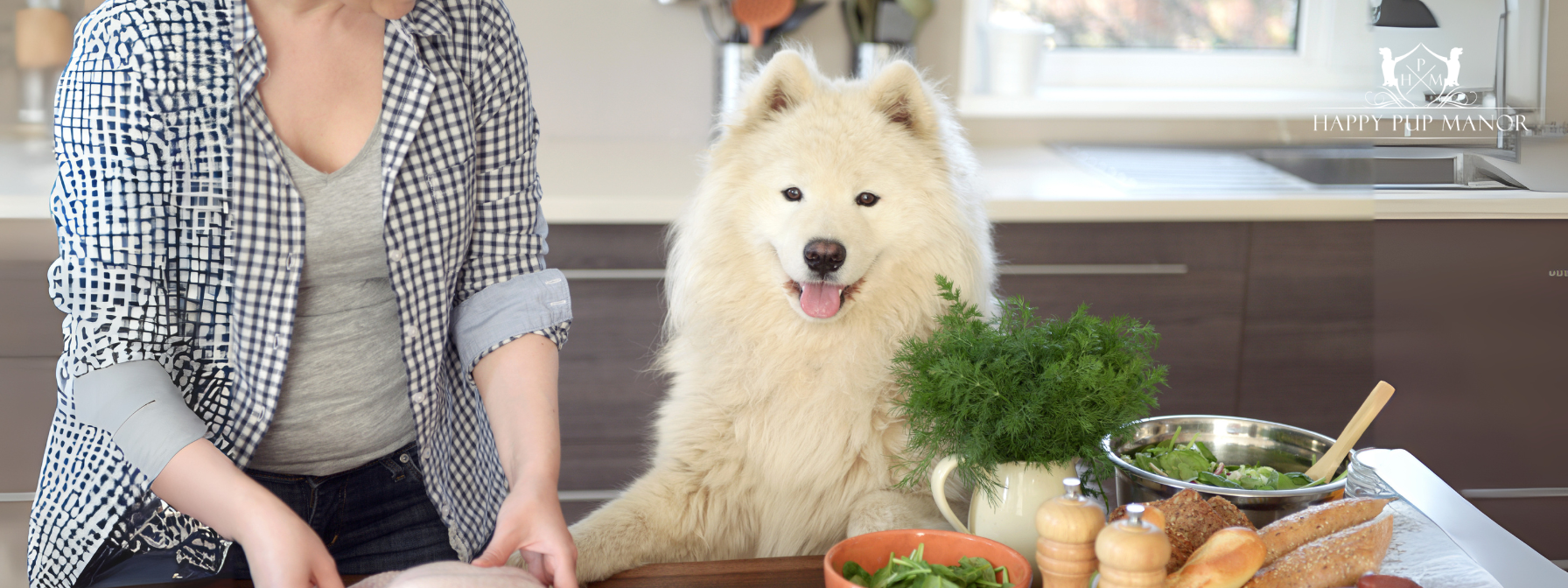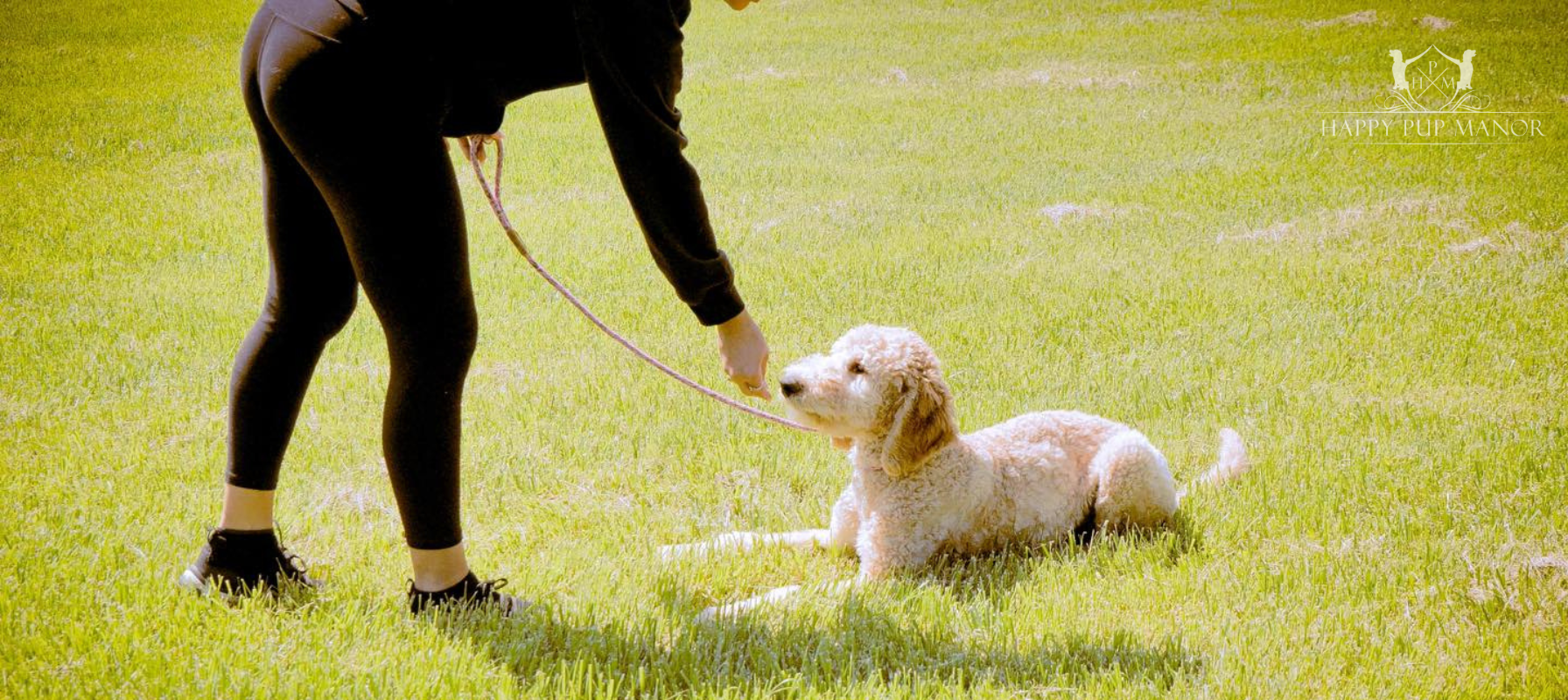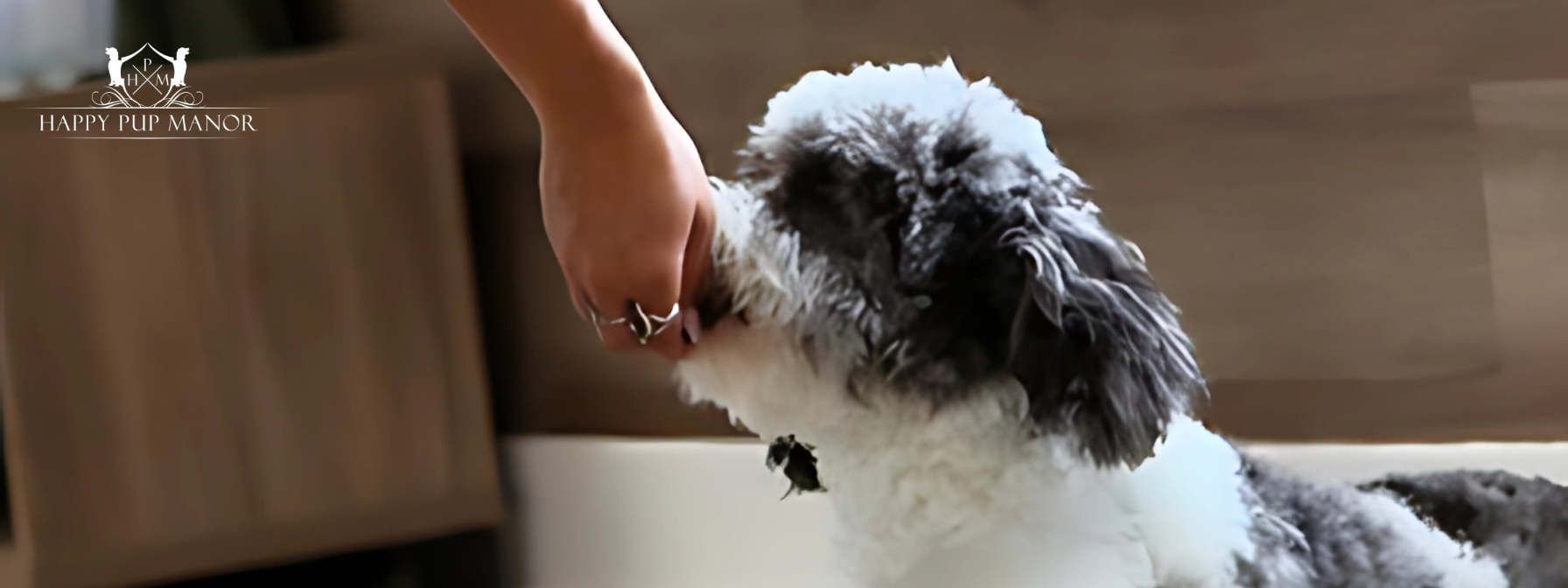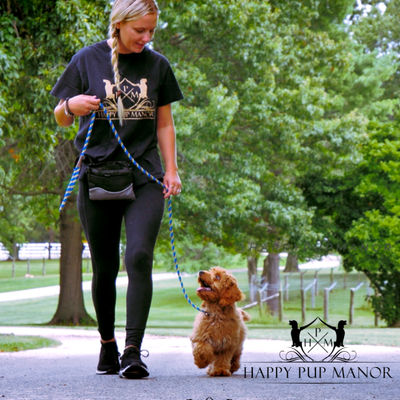Creating a Safe Space for Your Dog: A Guide to Comfort and Security
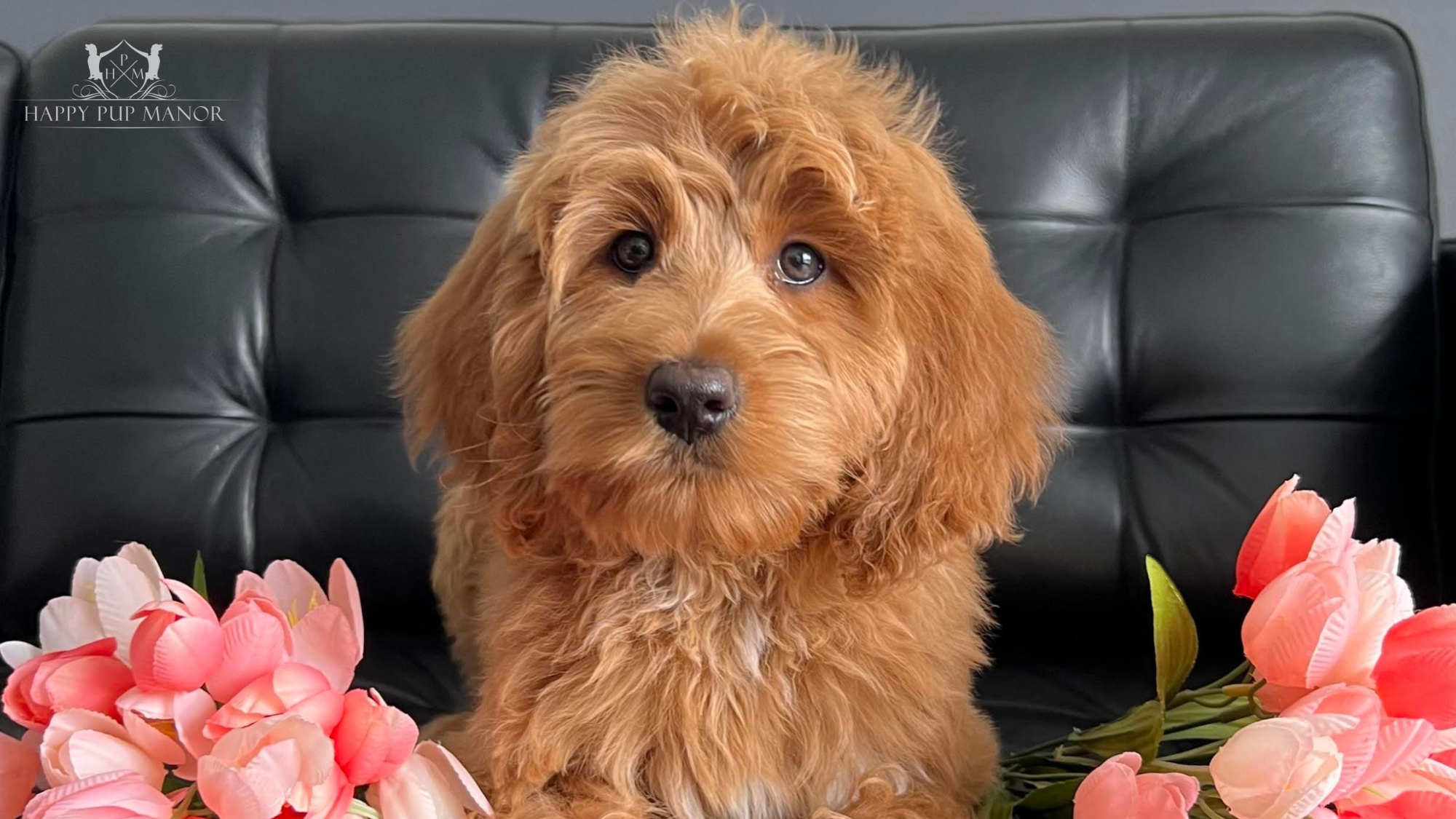
Creating a Safe Space for Your Dog: A Guide to Comfort and Security
As pet owners, we strive to provide our dogs with a loving and secure environment. Creating a safe space for your dog is one of the best ways to support their emotional and physical well-being.
Whether your dog needs a retreat from household activity, a quiet space to alleviate anxiety, or a designated area to relax and sleep, a safe space can provide them with much-needed comfort.
In this Happy Pup Manor guide, we’ll explore how to create a safe space for your dog, including essential elements and expert-recommended practices.
Why a Safe Space is Important for Dogs
Just like us, pups benefit from having a place where they can unwind and rest. Having a designated safe space can:
- Reduce anxiety and stress (especially in noisy or chaotic environments)
- Provide a retreat for dogs with sensory sensitivities
- Assist in training and behavior management
- Offer a sanctuary during storms, fireworks, or other loud household events
- Gives them a place to recharge between activities
Dogs may feel overwhelmed by excessive noise, unfamiliar guests, or environmental changes, so providing a designated space where they feel secure can help mitigate stress-related behaviors such as pacing, whining, barking, or destructive chewing. Their safe space gives them the assurance that they have a place that they can retreat to and that they can easily go back to you when they want.
How to Create a Safe Space for Your Dog
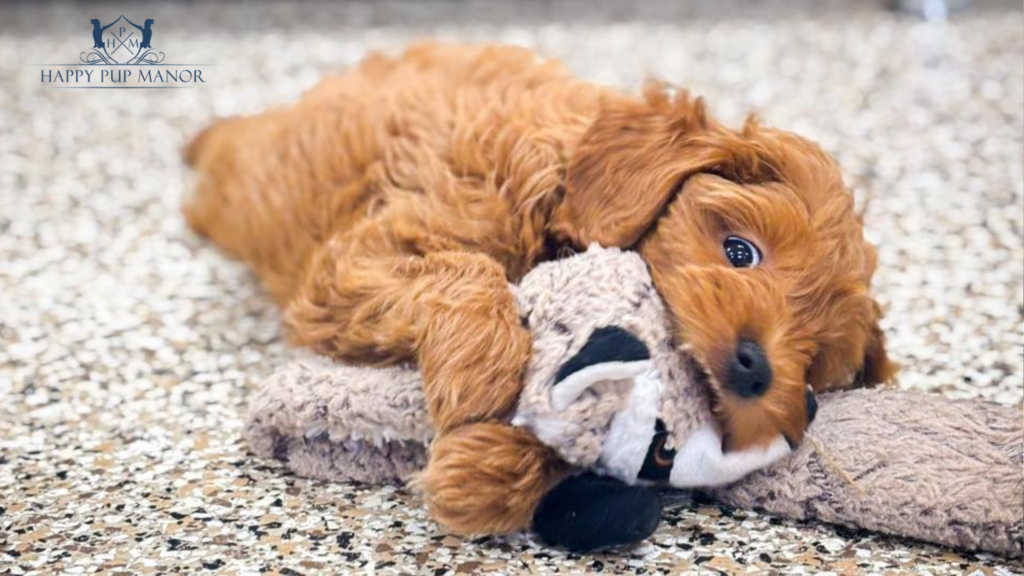
1. Choose the Right Location
Selecting an appropriate spot is the first step in creating a safe space for your dog. Ideally, the space should be:
- Quiet and away from high-traffic areas
- Free from loud noises or sudden disturbances
- Easily accessible from other rooms so your dog can retreat whenever needed
Popular locations include a quiet corner in a room, a designated crate, a cozy nook under furniture, or a separate room specifically designed for relaxation. If you have limitations in space, a covered crate will instantly give your dog its own private ‘room’. Make sure to properly pick the right crate size for your pup’s age, size, and breed.
Read More: Finding the Right Crate Size For a Puppy
2. Provide Comfortable Bedding
A safe space should be inviting and comfortable. Provide soft bedding, such as:
- A cushioned dog bed or orthopedic mattress
- Soft blankets that carry your scent for reassurance
- A heated or cooling pad for additional comfort, depending on the season
Ensuring proper cushioning can be especially beneficial for older dogs or those with joint issues, as it reduces pressure on their bones and muscles.
3. Add Familiar and Soothing Items
To make your dog feel secure, include familiar items in their space:
- Favorite toys or chew items
- An article of your clothing for a comforting scent
- A soft stuffed animal (for dogs who enjoy cuddling with objects)
- Pheromone diffusers or calming sprays to enhance relaxation
The presence of these familiar objects can help ease separation anxiety and provide a sense of security during stressful situations.
4. Ensure Proper Ventilation, Water Access, and Potty Area
Your dog’s safe space should be well-ventilated and maintained at a comfortable temperature. Avoid placing their retreat near drafty windows, direct sunlight, or loud air vents. In warmer months, consider adding a cooling mat, while in colder months, ensure they have warm blankets to stay cozy.
Additionally, make sure your dog has easy access to fresh water at all times. If their safe space is enclosed, consider placing a spill-proof water bowl within reach. For potty breaks, ensure their safe space is near a designated potty area, or provide frequent opportunities to relieve themselves.
5. Dog-Proof the Area
To keep your dog safe within their retreat, remove any potential hazards, such as:
- Electrical cords or outlets within reach
- Small objects that could be swallowed
- Sharp edges or furniture that could cause injury
- Toxic plants or substances
Using pet-safe barriers or playpens can also help keep your dog in a secure environment while preventing accidents.
6. Minimize Noise and Distractions
Noise-sensitive dogs can become anxious due to household sounds like televisions, vacuum cleaners, or loud conversations. Consider:
- Placing the space in a quieter part of the home
- Using white noise machines or calming music
- Closing doors or using soundproofing materials if necessary.
Certain classical music and dog-specific playlists have been shown to reduce stress levels in anxious dogs, making them a great addition to their safe space.
7. Respect Their Space
Once you’ve created the space, it’s crucial to respect it. Teach children and visitors that this area is off-limits when your dog is resting. This helps reinforce its purpose as a stress-free sanctuary.
Dogs should never be forced into their safe space as punishment; instead, they should associate it with positive experiences such as treats, naps, or quiet bonding time with their owner.
Creating a Safe Space for Your Service Dog
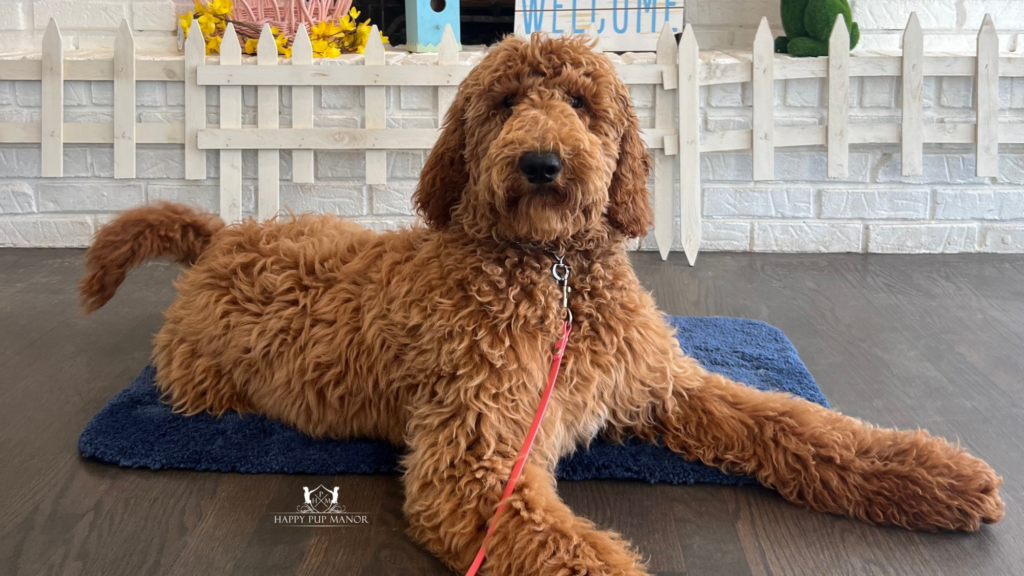
Service dogs work tirelessly to support their handlers, making rest and decompression time even more critical. When creating a safe space for your service dog, consider:
- Choosing a location that allows them to observe but not be disturbed
- Incorporating calming aids such as pheromone diffusers or weighted blankets
- Ensuring their space is easily accessible during travel or work breaks
Providing structured downtime helps service dogs recharge, improving their focus and ability to assist their owners effectively. Many service dogs benefit from having portable safe spaces, such as collapsible crates or designated mats, which they can use while on the go.
How to Train and Introduce Your Dog to Use Their Safe Space
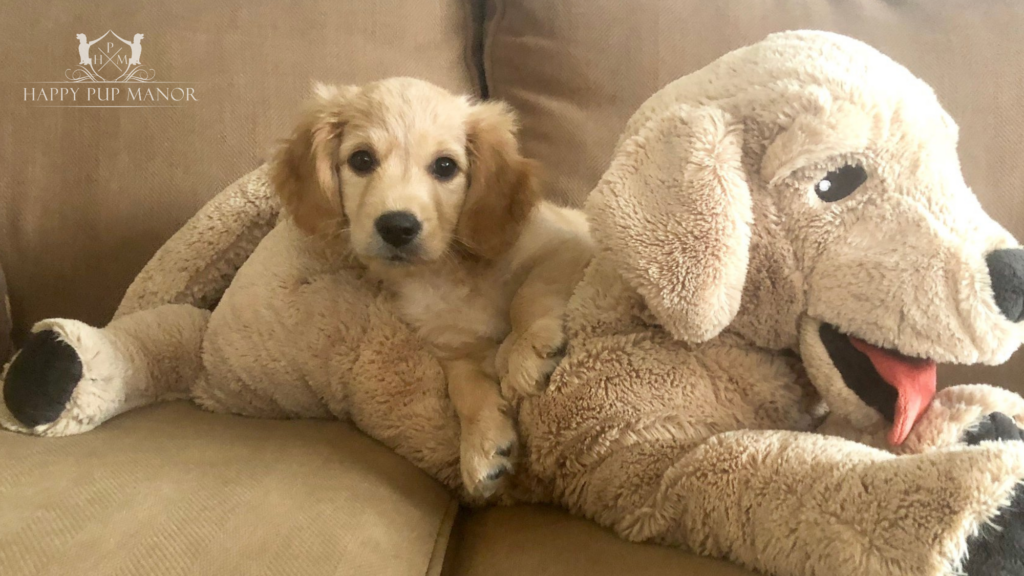
Once you have created a safe space for your dog, it’s important to properly introduce them to it so they feel comfortable using it. Here are some key steps:
- Introduce Gradually – Allow your dog to explore the space at their own pace. Do not force them inside, as this can create negative associations.
- Use Positive Reinforcement – Reward your dog with treats, praise, or a favorite toy whenever they voluntarily enter their safe space.
- Make It a Relaxing Environment – Encourage relaxation by placing their favorite comfort items inside and using calming scents or sounds.
- Encourage Usage During Calm Moments – Help your dog associate the space with peace by guiding them to it when they are already calm, rather than only during stressful situations.
- Avoid Using It as Punishment – Never send your dog to their safe space as a disciplinary measure. It should always be a positive, stress-free environment where they feel secure.
By consistently reinforcing positive experiences in their safe space, your dog will naturally begin to seek it out whenever they need comfort or a break from stimulation.
Read More: The Importance of Positive Reinforcement in Dog Training
A safe space for your dog is more than just a cozy corner
Your pup’s safe space is it’s a haven that supports their mental and physical well-being. Whether your pup needs a quiet retreat or a structured decompression area, providing a dedicated space can significantly enhance their happiness and quality of life.
For personalized guidance and professional training, consider enrolling your pup at Happy Pup Manor. Our expert trainers specialize in behavioral training, potty training, and obedience training, ensuring your dog is well-mannered and confident in any environment. Give your pup the best start with professional support—contact us today to get started!

